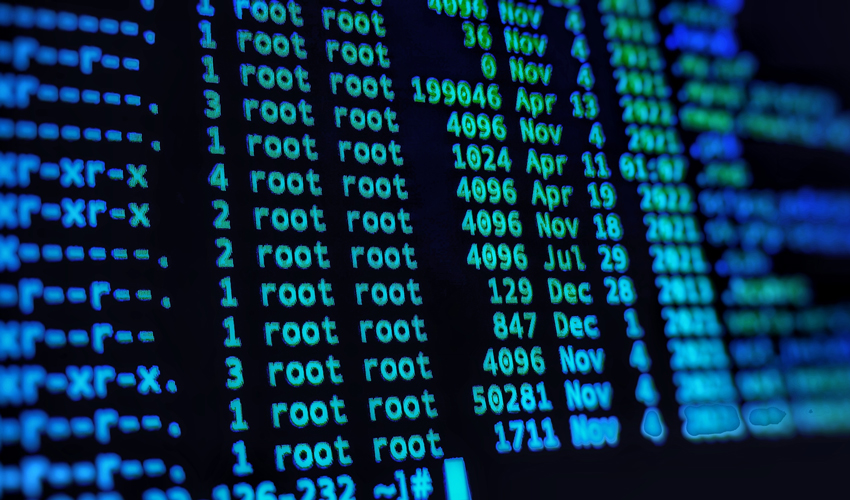
by George Whittaker
Introduction
Navigating the Linux filesystem hierarchy can be a daunting task for newcomers and even seasoned administrators. Unlike some other operating systems, Linux follows a unique directory structure that is both systematic and crucial for system management and operation. Understanding this structure is essential for efficient system administration, troubleshooting, and software management. In this article, we’ll dive deep into the Linux filesystem hierarchy, exploring each directory's purpose and significance.
The Root Directory (/)
At the pinnacle of the Linux filesystem hierarchy is the root directory, denoted by a single forward slash (/). This directory is the starting point from which all other directories branch out. Think of it as the base of a tree, with all other directories extending from it.
The root directory is essential for the operating system’s overall structure, providing the foundation upon which the entire filesystem is built. All files and directories, regardless of their location, can ultimately be traced back to the root directory.
Key Directories and Their Purposes
Understanding the primary directories within the Linux filesystem is crucial for effective navigation and management. Here’s a detailed look at each significant directory:
- /bin
- Purpose: The /bin directory houses essential binary executables that are necessary for the system to function correctly, even in single-user mode. These binaries are crucial for basic system operations and recovery.
- Examples: Common commands found here include ls (list directory contents), cp (copy files), and rm (remove files). These utilities are used by both system administrators and regular users.
- /sbin
- Purpose: Similar to /bin, the /sbin directory contains system binaries, but these are primarily administrative commands used for system maintenance and configuration. These binaries are typically used by the root user or system administrators.
- Examples: Commands such as fsck (filesystem check), reboot (reboot the system), and ifconfig (network interface configuration) are located here.
- /etc
Go to Full Article
More...